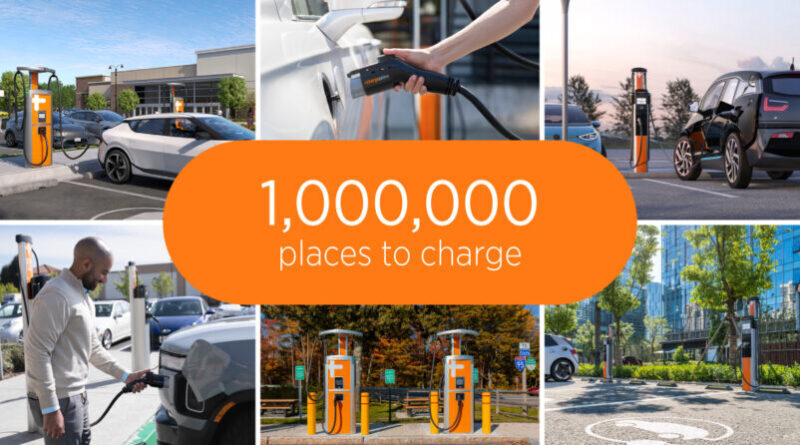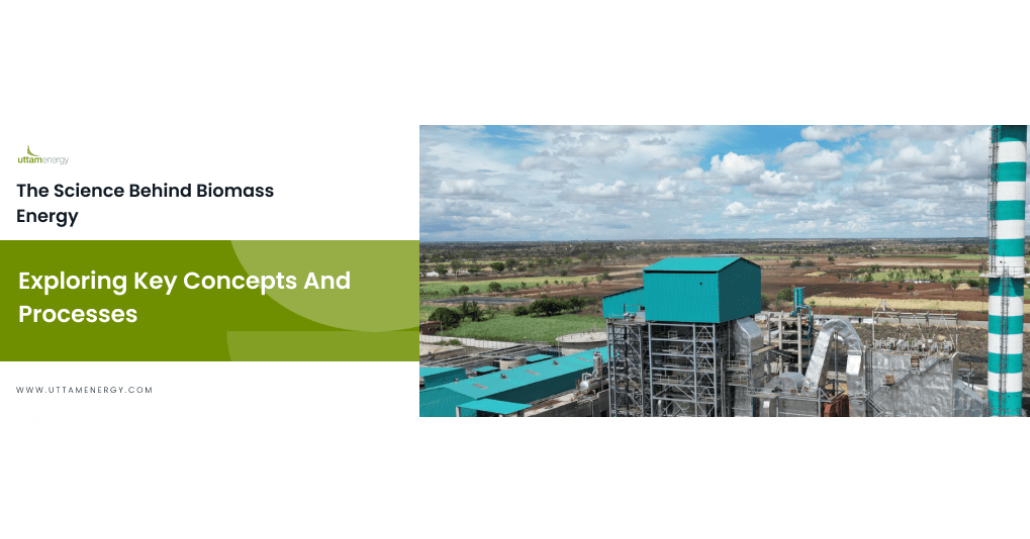IrBEA capacity statement demos potential of decarbed biomass heating
The Irish Bioenergy Association (IrBEA) has launched its Solid Biomass Capacity Statement (SBCS) report. The objective of this report is to demonstrate the potential of the sector to deliver decarbonized heating solutions using solid (woody) biomass to a wide variety of heat users across the residential, commercial, and industrial sectors.

The Solid Biomass Capacity Statement (SBCS) was authored by Dr Eugene Hendrick, Seán Finan, Noel Gavigan, and Stephen Mc Cormack of the Irish Bioenergy Association.
Ireland has a huge opportunity to embrace the potential to expand and use solid biomass as a clean, renewable heat solution across all use levels. According to Eurostat figures, Ireland has the lowest level of deployment of renewable heat in the European Union (EU) at 5.2 percent. This is well below target and sets out the scale of the challenge facing Ireland in order to decarbonize the heating sector and comply with renewable energy and greenhouse gas emission reduction targets, said Seán Finan, CEO at IrBEA at the webinar launch on December 11, 2024.
The SBCS report was also presented to Senator Pippa Hackett, Minister of State at the Department of Agriculture, Food and the Marine during the Wood Fuel Quality Assurance (WFQA) Scheme annual general meeting (AGM).
This document provides evidence to commercial and industrial heat users regarding the capacity of the sector to deliver cost-effective decarbonized heating solutions using solid biomass. The current and future availability of solid biomass in Ireland and the supply network that exists to mobilize the resource across Ireland are showcased. Ireland has significant capacity in solid biomass systems design, installation and maintenance, technology availability, and industry expertise, knowledge, and skills. Sustainability and air quality in the use of solid biomass are addressed as well as the financial models and supports that exist and the potential contractual arrangements available for the sale and supply of renewable heat using solid biomass, Seán Finan said.
Irish forests- and forestry can deliver
Solid biomass used for renewable heat is derived from sustainably managed forests, with woodchip and pellet generally used in industrial and commercial heating sectors.
The main objective of commercial forestry in Ireland and across Europe is to produce high-quality timber for use in the construction sector as low-embodied carbon building materials.
Production of sawlog-sized material involves practices such as thinning and the production of smaller-size logs that have a number of markets, including for energy use, once existing board mills and other solid wood uses have been satisfied.
In Ireland, the Council for Forest Research and Development (COFORD) has collated a series of All Ireland roundwood production forecasts over the past decade, and these set out the detailed methodology for calculating the supply of forest-based biomass. The Capacity Statement draws on the data from the forecast, with annual summaries of amounts. The solid biomass resource has the potential to increase from a current level of supply of approximately 9.5 PJ/year to 15-16 PJ/year or approximately 2.4 – 2.5 million green tonnes of biomass per year by the middle of the next decade, said Dr Eugene Hendrick, Chairman of the IrBEA Solid Biomass Group.
In addition to the solid biomass resource potential outlined, there is potential to sustainably increase Irish biomass production further through the establishment of Short Rotation Coppice (SRC) such as willow, and Short Rotation Forestry (SRF) such as poplar and eucalyptus. This can be further supplemented with residual biomass recovery from agricultural management practices. It is estimated that all the additional sources could add to future biomass production by 300,000 to 400,000 tonnes per annum, Dr Eugene Hendrick said.
The solid biomass capacity statement provides information and market certainty relating to energy users considering deploying biomass-fuelled heating systems. The document will provide confidence and certainty to heat users and all stakeholders that the sector has the capacity to deliver and contribute significantly to the decarbonization of heat and to the achievement of sustainable development now and into the future concluded Seán Finan.
The main items covered within the SBCS document include:
- Role of Bioenergy: Bioenergy is a reliable, proven, globally deployed technology and in 2021, it was the largest source of renewable energy in the EU, accounting for 59 percent of all renewable energy generated of which 71 percent was comprised of solid biofuels.
- Renewable Heat in Ireland: Renewable heat deployment in Ireland is the lowest in the EU at 5.2 percent, compared to an EU average of 22.9 percent.
- Wood Fuel Quality Assurance (WFQA) scheme: IrBEA manages and administers the WFQA scheme. The WFQA scheme certifies the suppliers of wood fuel including woodchips, pellets, wood briquettes, and firewood to the quality standard I.S. EN ISO 17225 Solid biofuels – Fuel specifications and classes. IrBEA is a national supporting body for the Sustainable Resources Verification Scheme GmbH (SURE), a European certification body that provides sustainability certification services to WFQA members.
- Solid biomass forest resource and COFORD publication: The solid biomass resource has the potential to increase from the current level of approximately 9.5 PJ/year to 15-16 PJ/year by the middle of the next decade. Further information on resource availability and the role of forest-based biomass in decarbonization is available in the COFORD publication “Forest-based biomass and modern bioenergy – Moving to net zero“, which has been published.
- Sustainably increasing the biomass resource: There is potential to sustainably increase Irish biomass production further through the establishment of Short Rotation Coppice (SRC) such as willow and Short Rotation Forestry (SRF) such as poplar and eucalyptus. This could be further supplemented with residual biomass recovery from agricultural management practices.
- Forest mobilization: Mobilization of the private forest estate, which has an average parcel size of 8.5 hectares (21 acres), is an opportunity for forest owners and the sector.
- Low levels of imported biomass: Ireland has very low levels of imported biomass. In 2022, indigenously sourced forest-based biomass accounted for 93 percent of all biomass supply for heat use.
- Supply chain: Ireland has a well-established, modern, and efficient network of forestry harvesting contractors with specialized forest-based biomass operations.
- Quality: There is an established nationwide network of woodchip suppliers, certified through the Wood Fuel Quality Assurance (WFQA) scheme.
- Skills and knowledge: Ireland has significant skills, knowledge, and capacity to design, install, operate, and maintain biomass heating systems in a cost-effective and low-carbon manner.
- Technology availability: There are many well-established Irish, European, and international biomass technology options available.
- Industry registers: IrBEA operates separate registers for both biomass system designers and installers. Eligible companies can join the registers once the criterion to join is fulfilled.
- Knowledge and training: A specifically designed biomass practitioners two-day course run by IrBEA is open to designers, installers, energy users, and broader stakeholders with an interest in the sector.
- Biomass sustainability: Solid biomass sustainability is strictly governed by the Renewable Energy Directives. The industry is fully committed to sustainability in the sourcing and use of biomass.
- Air quality: This is an often-cited concern regarding the use of solid biomass fuels. Strict EU regulations and enforcement exist regarding emissions from commercial and industrial biomass installations.
- Initiating a project: Delivering a biomass project includes many different stages including system design, planning, selecting a contractor, installation, commissioning operation, and maintenance. These are outlined in the statement.
- Contractual arrangements for heat supply: There are several types of supply and contractual arrangements available to heat users. These arrangements include owner-operated, owner-operated with an external maintenance contract or Energy Supply Contract (ESCO).
- Financial support for businesses: For heat users, the Support Scheme for Renewable Heat (SSRH) is an SEAI-administered operational support for biomass heating systems. The biomass SSRH support provides a 15-year payment to those businesses that move from fossil fuel heating systems to biomass heating systems.
- Financial support for farmers: For farmers, a 40 percent capital support grant is available for the installation of biomass boilers to heat agricultural buildings through the Department of Agriculture, Food and the Marine administered Targeted Agriculture Modernisation Scheme (TAMS).
- Case studies of successful installations: There are several hundred biomass heating systems operating successfully across Ireland. A number of well-documented case studies are included in the statement, covering biomass installations in the dairy processing, healthcare, industrial manufacturing, education, horticulture, public building, leisure/fitness, poultry, animal nutrition, pharmaceutical, and tourism sectors.
What's Your Reaction?





























































